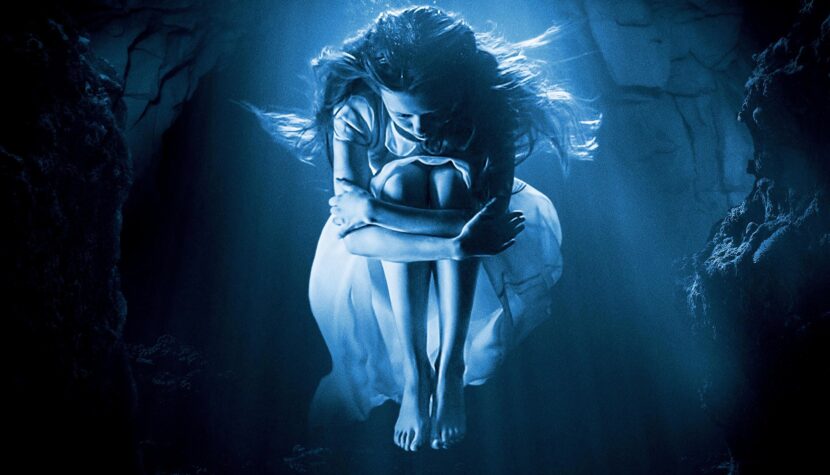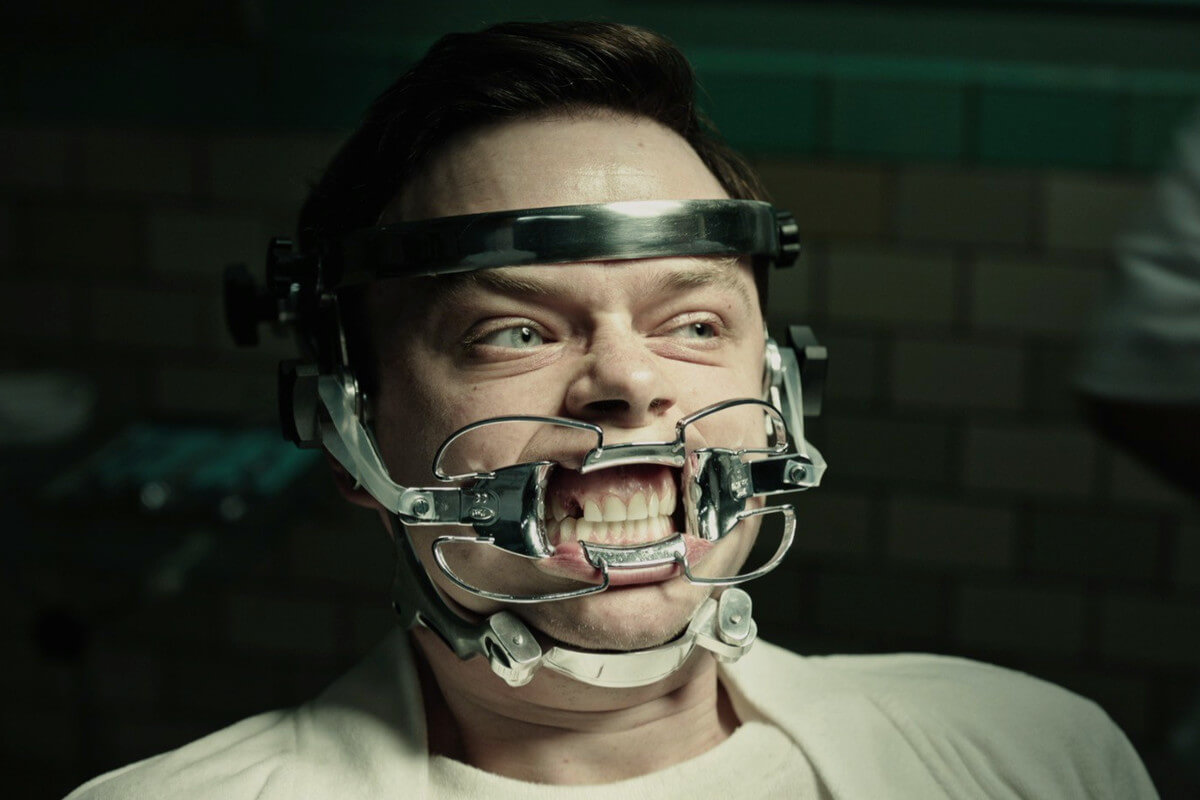A CURE FOR WELLNESS. Dane DeHaan and Mia Goth in a unique science fiction horror

Gore Verbinski has a great name for a horror director, although he has only directed two films in this genre so far. The American version of “The Ring” is considered one of the best horror remakes, but that many years ago. Since then, Verbinski has gained fame primarily as the creator of “Pirates of the Caribbean” and an Oscar winner for the animation “Rango.” Nevertheless, it was hard not to have expectations for his return to horror, as, unlike many directors, he places great importance on grandiosity and elegance, even in a genre often treated with disdain. Indeed, “A Cure for Wellness” boasts a splendid, extravagant setting, carefully composed frames, a specific atmosphere, and ambitions that go beyond the standard horror clichés. However, all of this, while intended to serve the film, largely contributes to its failure.
It’s not about perfection killing horror at all. Stanley Kubrick’s “The Shining” is the best evidence refuting this thesis and, incidentally, a work that surely inspired Verbinski. Here, we have a mountainous building of impressive proportions but also with a very infamous history. The main character, a newcomer from New York, quickly begins to feel the negative influence this place has on him, with the past somewhat dictating the present. This is supposed to work in favor of the contemporary story of a young, already corrupted employee of an evil financial company who receives an “offer he can’t refuse” to go to a clinic in Switzerland and retrieve his seemingly lost sanity of a boss. The facility is renowned for expensive medical treatments and spring water with exceptional properties, but surprisingly few people leave its walls. Perhaps that’s the magic of the place – patients feel so good there that they want to stay as long as possible. Soon, the main character, Lockhart (Dane DeHaan), becomes a resident of the institution.

The dominant color again, as was the case in “The Ring,” is green, though here it is more fitting, emphasizing the decay of the world of big money and later the clinic itself, whose secrets will definitely not improve anyone’s well-being. Numerous reflections – in glass buildings, water surfaces, or medical instruments – suggest a hidden truth “on the other side,” but even without them, we know that there is something very wrong with the Swiss facility.
The receptionist, with her bureaucratic demeanor, is annoying, but it is her corporate, soulless smile that causes unease. The director (Jason Isaacs) presents himself as a specific and friendly person, but it’s hard to believe that he is unaware of the strange events and behaviors of both patients and staff. This place seems to be taken straight from the first half of the 20th century, as seen in the building’s appearance, costumes, and the specific nature of the treatments. Lockhart’s vulnerability arises not only from the fact that, as a patient with a cast on his leg, he has limited mobility but mainly from his very modern and contemporary nature – as if he had traveled back in time, had to change his habits, pace of life, and reject everything that had guided him so far. However, he is too clever not to notice that the facility stands on similar foundations as his company, detecting falsehood everywhere, looking for proverbial skeletons in the closet. The problem is that this analogy is clear from the beginning, depriving the film of the opportunity to genuinely question the mental health of the main character. At no point did I get the impression that I was watching the delusions of a madman or projections of a mind tired of its own world.
This is also due to the fact that the mystery Lockhart faces is not particularly complex, allowing the viewer to guess what the film is really about after an hour. In the very long two-and-a-half-hour film, it should be noted in which the main character is quickly put in place by the director every time he comes across a clue, sent for some treatment, and ultimately has to start over. This repetitiveness does not bring any additional emotions or contribute anything to the plot, except for more medical problems for Lockhart. Suffice it to say that a visit to the dentist or water therapy will never look the same.

But ultimately, it is the ending that determines why “A Cure for Wellness” did not succeed. Without giving anything away, I will only say that Verbinski starts his film as if he wants to impress Kubrick, but ends it as a blatant copy of Mario Bava’s “Baron Blood,” an old Italian horror film. I have no problem with this, as the last 30 minutes of “A Cure for Wellness” are finally alive, over-the-top, twisted, and in their own way, delightful horror cinema, which probably should have been from the beginning a spectacle devoid of ambitions rooted in a kitschy, gothic tale. There is not much sense in it, but at least it is entertaining. The director, on the other hand, finds his remedy, reducing everything in the end to a tried-and-true formula – kill the monster, save the girl (played by the captivating Mia Goth). That’s not what I expected. And I don’t recommend Bava’s work at all. “Baron Blood” is an hour shorter but not any wiser.

